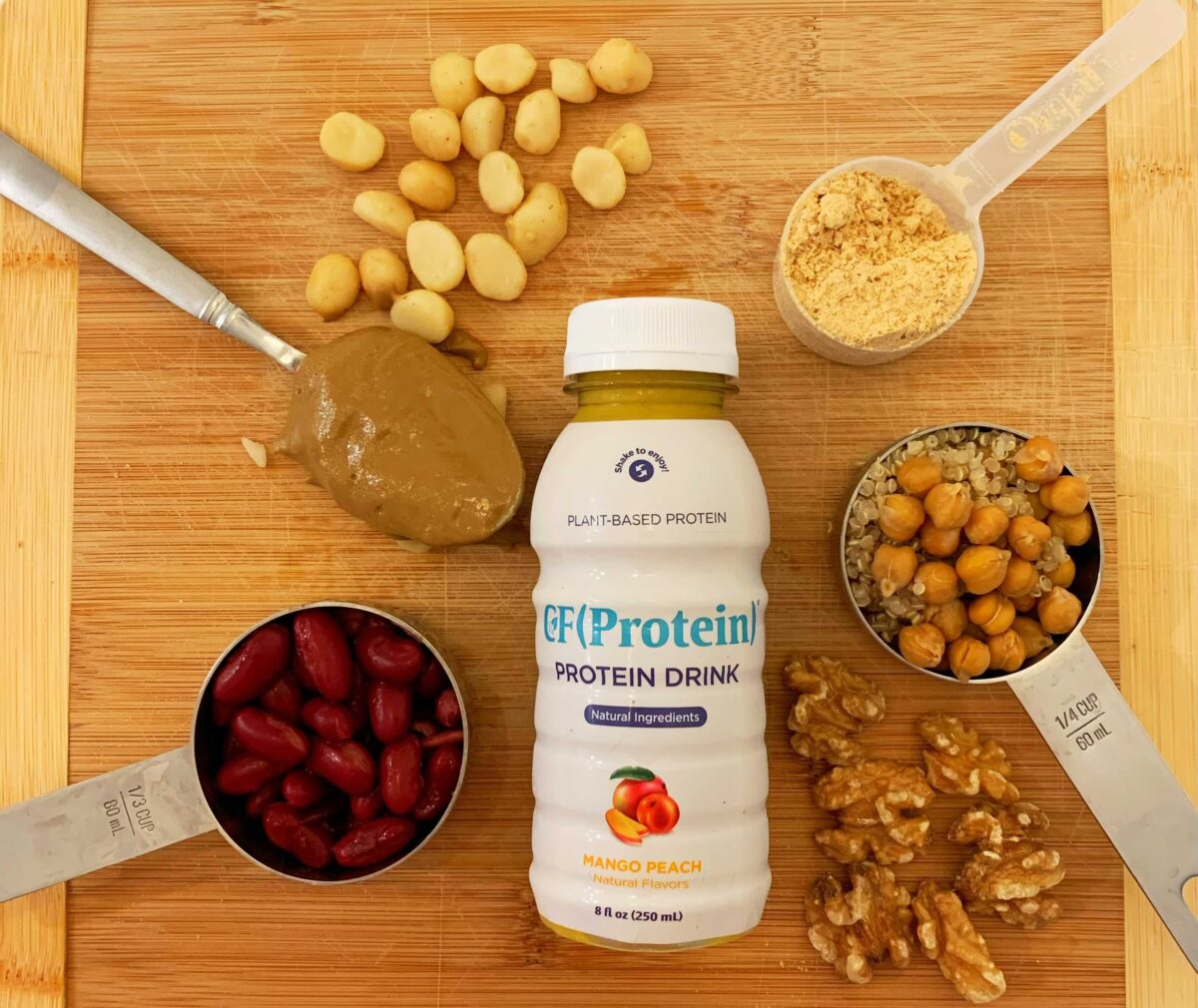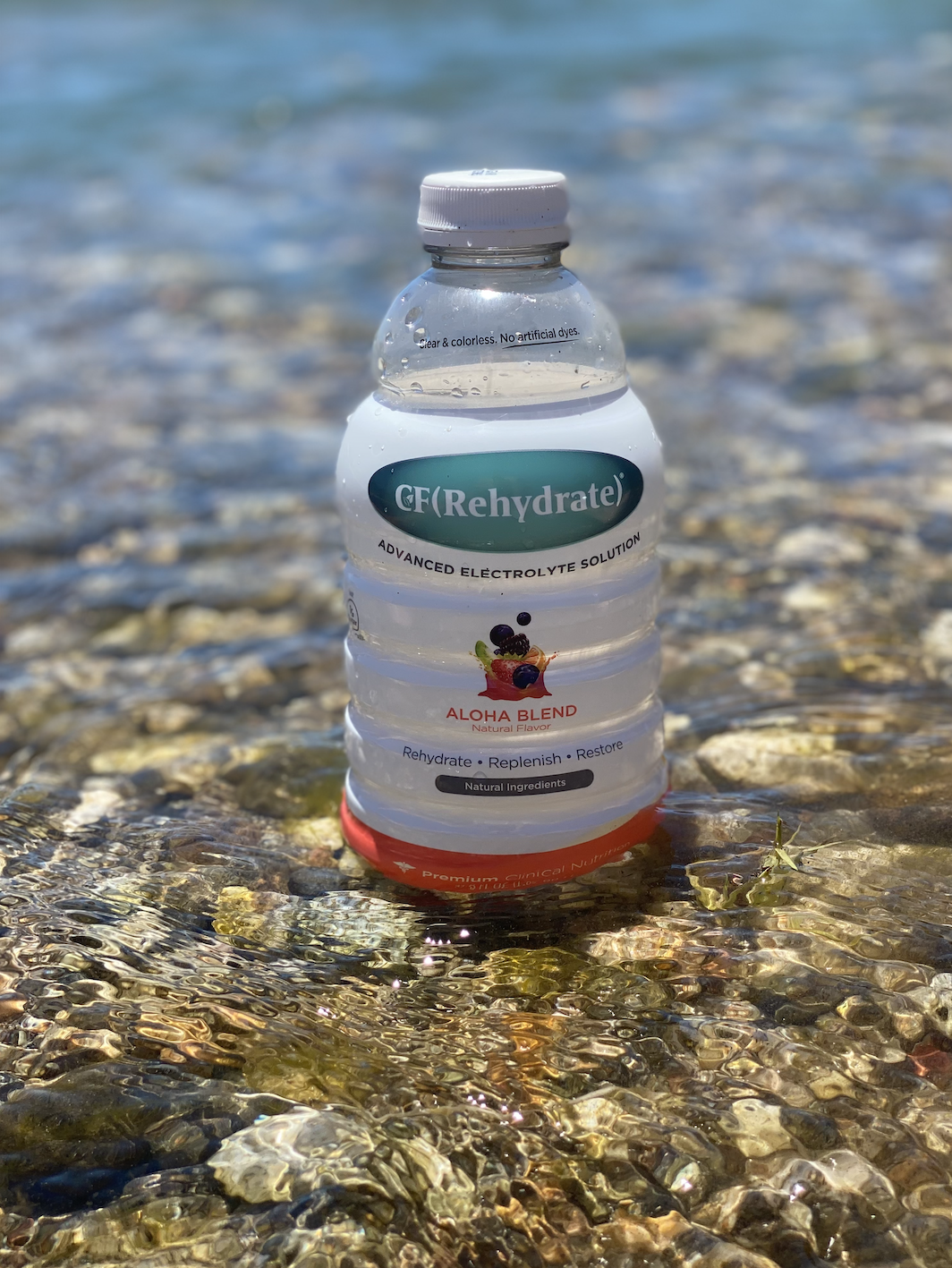If you’ve followed along with us for a while, you know we talk a ton about clinical nutrition. Giving you access to clean, premium, patient-centered clinical nutrition, after all, is the cornerstone we were built on. But what, exactly, is clinical nutrition? And why in the world does it matter? We’ve got you covered!
Below, we break down all you need to know about this all-important medical term—including what it is and the difference it can make in your wellness journey. Read on for expert insight!
OK—so what is clinical nutrition?
Great question! Clinical nutrition is nutrition designed to support patients with the necessary vitamins, proteins, minerals, and nutrients their bodies need for everything from surgery prep and recovery—to training for athletic events or battling a cold. Clinical nutrition works to help you achieve a healthy energy balance and is used in both in- and out-patient healthcare settings. A clinical nutrition plan will take into account how your body processes, stores, and discards food for your overall well being—as well as your medical history and the results of any laboratory tests.
How is clinical nutrition used?
While the end-goal of clinical nutrition may vary depending on the patient, uses are always health-based. Some things clinical nutrition can be used to achieve include:
- Preventing diseases (By boosting “good” cholesterol and reducing unhealthy triglycerides, clinical nutrition can help decrease your risk of heart disease, high blood pressure, metabolic syndrome, and diabetes.)
- Optimizing your everyday diet
- Optimizing your nutrient intake
- Supporting your immune system
- Treating/minimizing/managing symptoms of autoimmune diseases or other ailments
- Fighting off colds and flus
- Increasing the chance of a successful surgery
- Enhancing/speeding up recovery after surgery
What clinical nutrition options are available?
There are all kinds of options you can explore when it comes to working clinical nutrition into your everyday life. These include…
- Personal dietitian: Speak to a dietitian about optimizing an everyday nutrition plan that’s right for you. This can be an especially effective route to go if you suffer from any health ailments or diseases and are struggling to manage your symptoms. A dietitian will look at your health history, the way your body processes nutrients, any allergies you might have, as well as your symptoms to help you create a custom clinical nutrition program designed to ensure you feel your best.
- CF(Rehydrate)® is a natural electrolyte drink designed for rapid rehydration. It’s a great (and tasty!) clinical nutrition option for everything from athletic events and post-hot yoga replenishment to staying hydrated as you travel or battle a cold. Think of it as a clean, clinical-strength alternative to a sports drink. Free from artificial colors, flavors, and sugars, CF(Rehydrate)® gives you the electrolytes and essential hydration you need, without the harmful additives found in sports drinks and other hydration products.
Pro Tip: For added immune support, opt for CF(Rehydrate)® Immunity+!
- CF(Protein)® is a clean plant protein drink that provides a concentrated dose of natural electrolytes, all-natural protein, minerals, antioxidants, essential fats, and healing nutrients—without the use of artificial sweeteners, soy, or dairy. It’s especially effective for giving your body the protein it needs while you’re on the go—or for getting strong and healthy in the weeks leading up to and following surgery. By supplementing a healthy diet with CF(Protein)®, you build a solid nutritional foundation for surgery—as entering anesthesia malnourished can lead to serious post-op complications like surgical infection and pneumonia.
- CF(Preop)® is an anesthesiologist-developed presurgery drink specifically formulated to help you enter surgery stronger and recover faster. Designed to drink in the hours leading up to your procedure, CF(Preop)® is a clinical nutrition product that’s based on a proven UK surgery-protocol program called Enhanced Recovery After Surgery, or ERAS®. A key part of those protocols is replacing the outdated “from-midnight” fast with a clear, carbohydrate-rich beverage for a reduced risk of surgical infection, a reduced risk of post-op nausea and vomiting, and a faster overall recovery.
———
Overall, clinical nutrition is all about using the power of diet to enhance your wellness journey—whether you’re getting ready to undergo surgery, preparing to run a marathon, fighting the flu, or managing the symptoms of a chronic ailment or autoimmune disease.
______
Ready to start working doctor-trusted, patient-preferred premium clinical nutrition into your everyday diet? You can order CF (Preop)® here, CF(Rehydrate)® here, or CF (Protein)® here. And, as always, don’t forget to browse the rest of the CF Nutrition blog for empowering health, wellness, and lifestyle tips.










